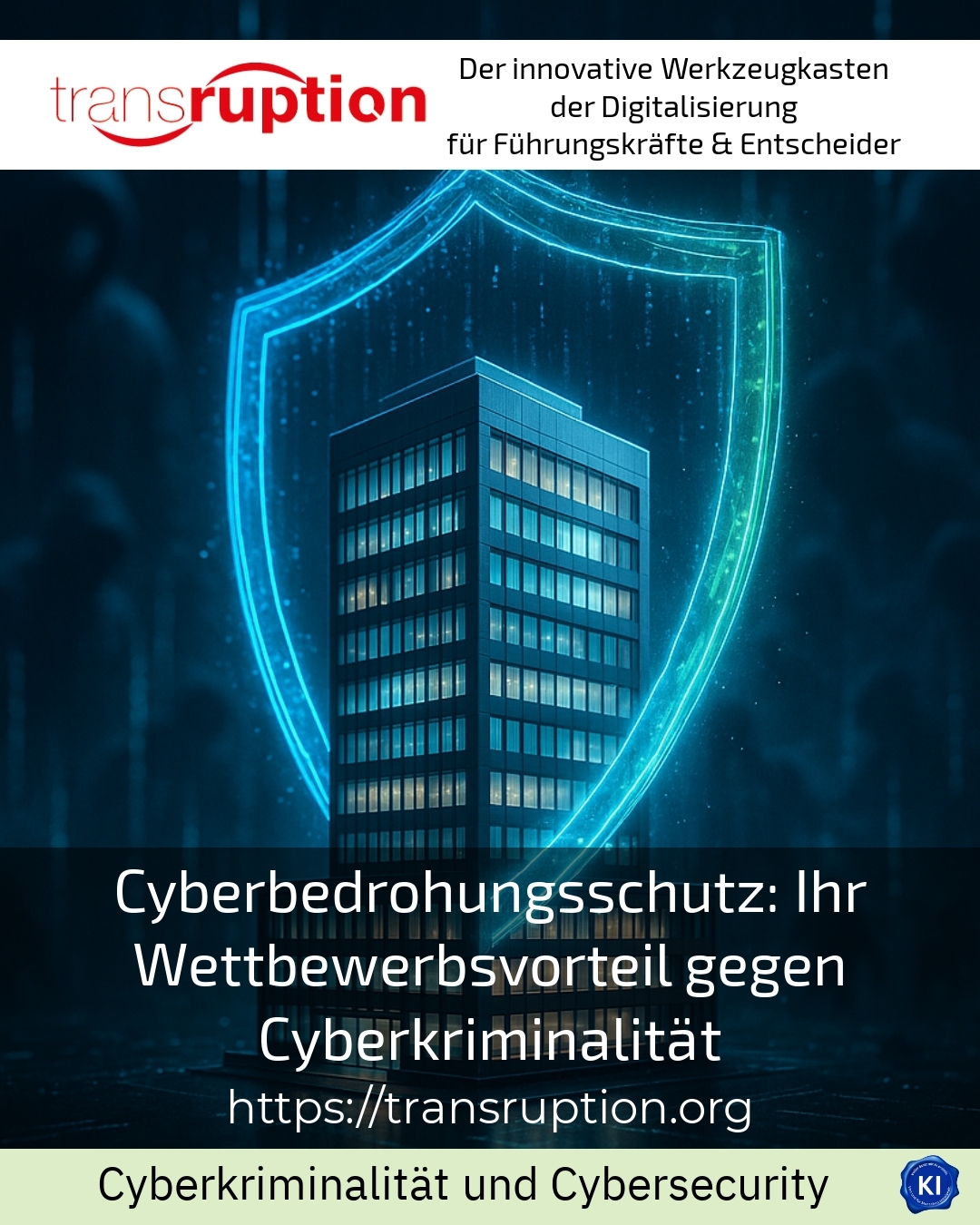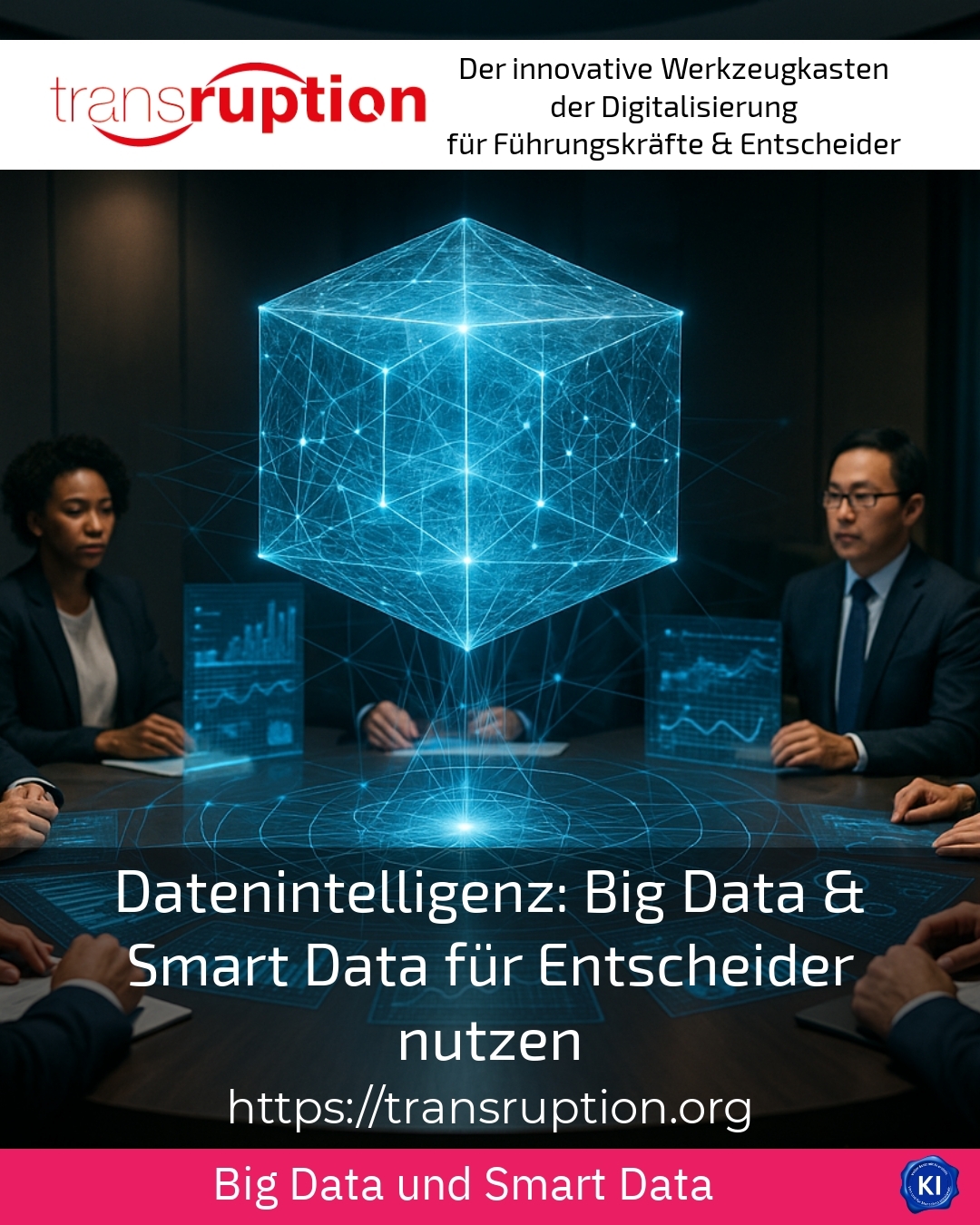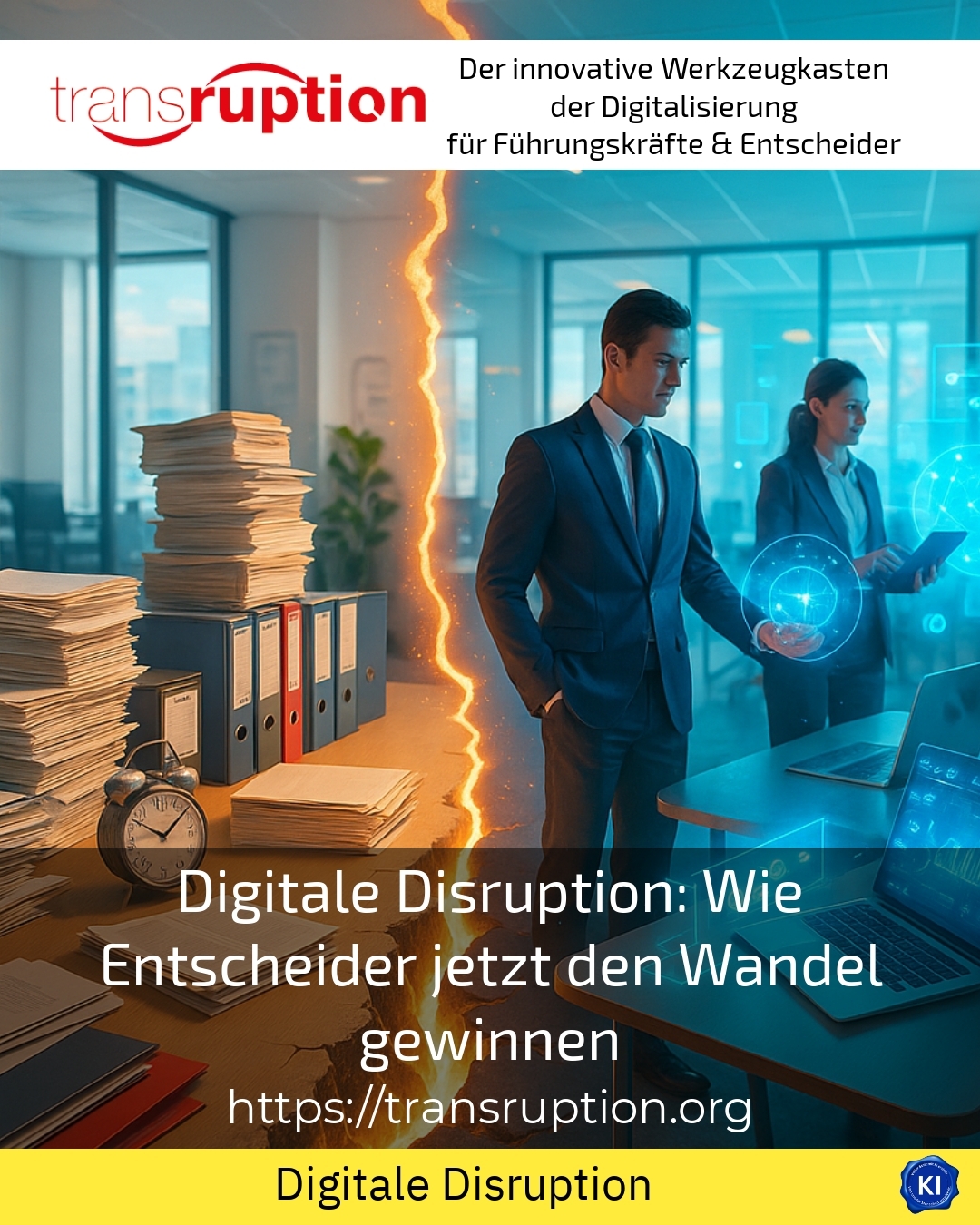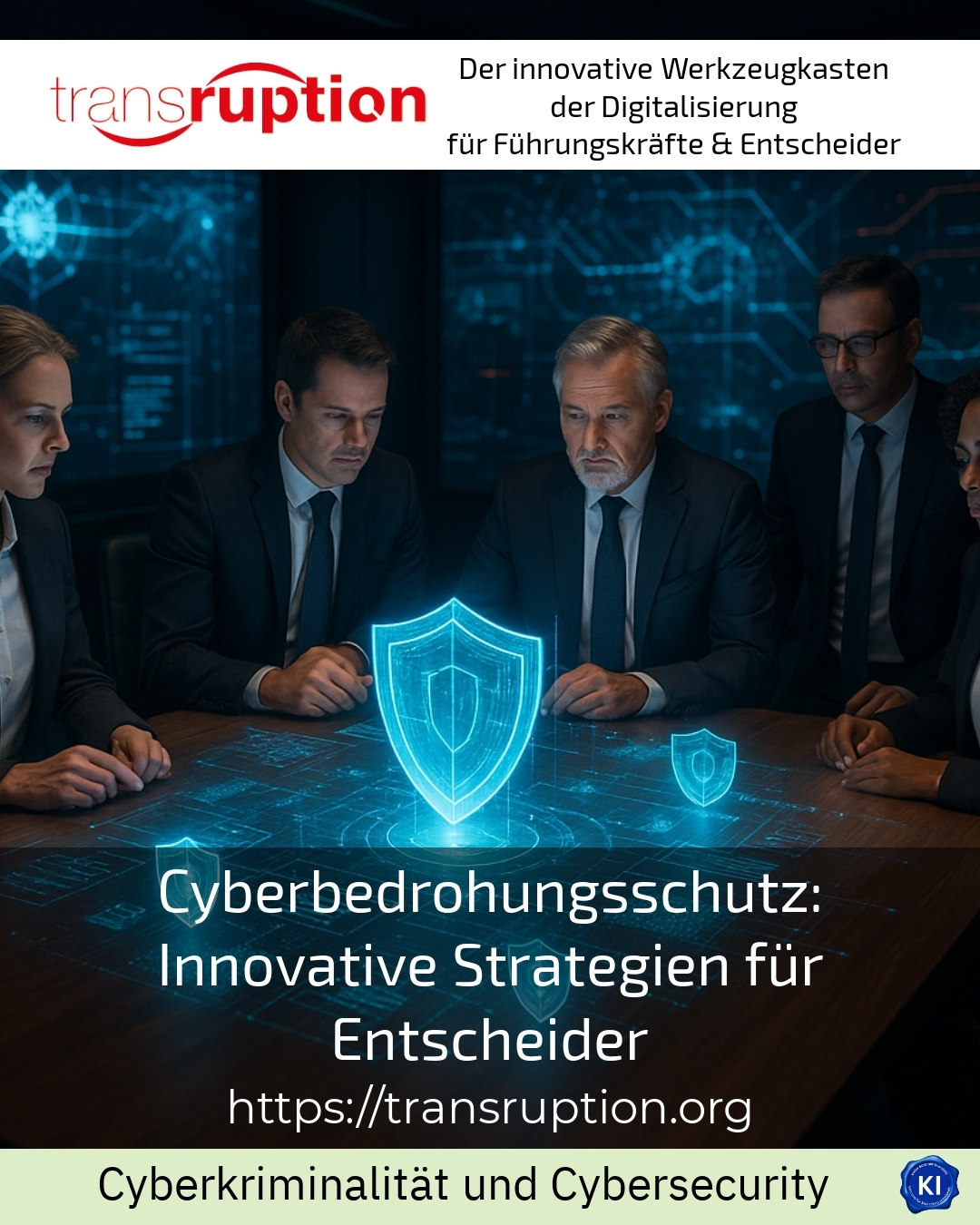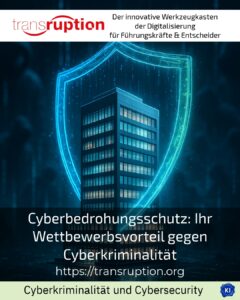In an increasingly digitalised world, the Cyber threat protection is becoming increasingly important for companies. Attacks on IT infrastructures are becoming more complex and diverse, which is why decision-makers need to proactively develop innovative strategies. This is the only way to minimise potential damage and ensure the integrity of sensitive data. Protecting against cyber threats is no longer a purely technical task, but a strategic challenge that managers should actively support.
The importance of cyber threat protection for decision-makers
Decision-makers today are faced with the task of not only purchasing technical solutions, but also designing comprehensive protection concepts. It is essential to realise that people are often the weakest link in the security chain. Many companies report phishing attacks that were successful despite technical measures. An international financial services provider has significantly improved its detection rate for social engineering attacks through targeted employee training. It is also necessary to build a resilient infrastructure in order to remain capable of acting in the event of failures. A medium-sized production company has therefore invested in redundant server landscapes and backup systems that enable rapid recovery in the event of an emergency.
In future, existing security strategies should primarily integrate AI-supported technologies. For example, one logistics company has introduced AI-based anomaly detection as part of its digitalisation strategy. This recognises irregularities in data traffic and provides early warning of potential attacks. At the same time, many industry representatives are focusing on establishing security partnerships in order to quickly exchange information about new threats and coordinate joint countermeasures.
Innovative approaches to cyber threat protection
Modern strategies for Cyber threat protection rely on a combination of technical solutions and organisational resilience. Traditional firewalls alone are often no longer sufficient to ward off sophisticated attacks. Instead, companies are establishing so-called zero-trust models in which no access is trusted by default - neither inside nor outside the network.
An international group in the energy sector successfully implemented this access control system and was thus able to significantly reduce the risk of internal and external threats. In addition to technical systems, regular crisis simulations are another building block. These help to test emergency scenarios in practice and identify weak points in the process. A major telecommunications provider reports improved response times thanks to targeted incident response exercises.
Encrypted communication and post-quantum cryptography are also becoming increasingly relevant. Due to advances in quantum computers, banks are rethinking their encryption methods in order to protect sensitive customer data in the long term. For example, a major German bank has launched a pilot project to evaluate new encryption techniques and integrate them into its IT security strategy.
Best practices from the industry
BEST PRACTICE at the customer (name hidden due to NDA contract) A leading technology company has developed a hybrid defence strategy that uses AI-supported monitoring to detect automated attacks in real time. At the same time, staff are sensitised to cyber risks in regular workshops. This combination led to a significant reduction in security incidents within a year.
BEST PRACTICE at the customer (name hidden due to NDA contract) After switching to cloud services, a retail company strictly monitored its access controls using zero trust principles and was thus able to avoid data leaks. A particular focus was placed on multi-factor authentication and proactive analysis of user behaviour.
BEST PRACTICE at the customer (name hidden due to NDA contract) In the healthcare sector, a network of various clinics has been set up to share important cyber threat information. This cooperation helps to quickly identify new threats and coordinate defence against complex attack patterns.
Practical tips for sustainable implementation
For the more successful Cyber threat protection continuous training is crucial. Employees should be regularly trained to better recognise phishing emails, for example. Even the best technology cannot be fully utilised without active awareness. Businesses can also benefit from regular audits of their security architecture to identify hidden vulnerabilities.
It is also advisable to develop a clear emergency plan. This allows processes to be coordinated and damage to be limited in the event of an emergency. Transparent communication within the organisation promotes acceptance and understanding of safety measures. One manufacturing company found that open discussions about risks and possible consequences significantly increased safety awareness within the team.
Last but not least, decision-makers should constantly monitor the dynamics of current threats. Trends such as the increase in AI-driven attacks or the expansion of ransomware require a proactive response and the flexible adaptation of protection concepts.
My analysis
Protection against cyber threats is becoming a core strategic task for decision-makers in all industries. Innovative concepts that integrate technical innovations such as AI and simultaneously incorporate human behaviour are becoming increasingly important. Above all, the combination of technical prevention, organisational resilience and cross-industry cooperation helps companies to increase their resilience. Decision-makers are well advised to take a holistic approach in order to remain capable of acting in the long term and minimise risks. After all, cyber threat protection is not a state, but an ongoing process that provides impetus for a secure future.
Further links from the text above:
[1] Cybersecurity 2025: Four strategic priorities for companies
[2] Cybersecurity Trends 2025: Trends, Challenges & Opportunities
[3] 8 upcoming cybersecurity trends in 2025
[4] Cyber security trends 2025 & must-do measures
[5] The six most important cyber security trends in Germany & Europe in 2025
[6] Cybersecurity trends 2025: The challenges for CISOs
[8] Cybersecurity 2025: New threats & protective measures
For more information and if you have any questions, please contact Contact us or read more blog posts on the topic TRANSRUPTION here.

